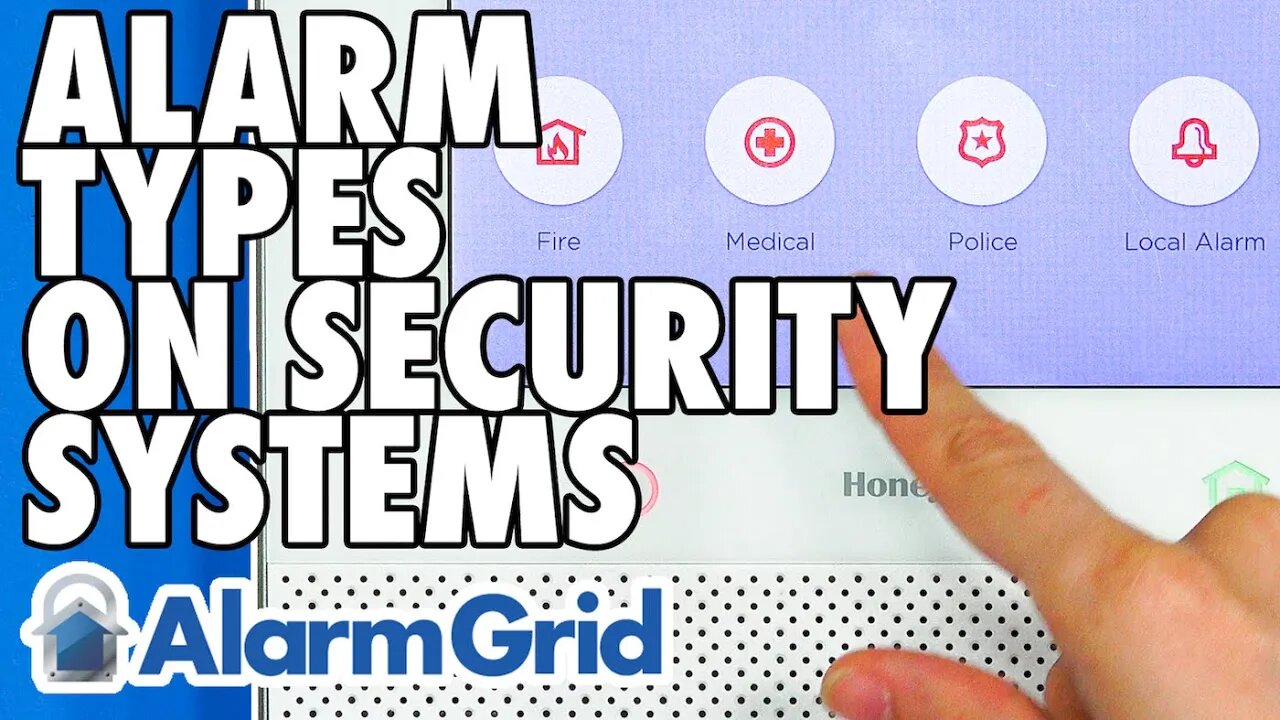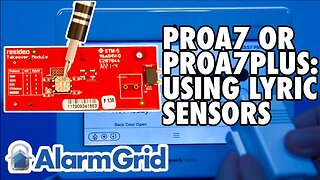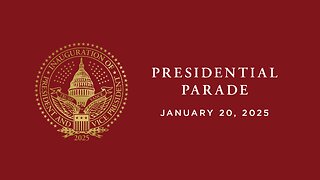Premium Only Content

Different Alarm Types on Security Systems
In this video, Michael from Alarm Grid talks about the different types of alarm that can occur on a security system. When an alarm occurs on a system, an alert is sent to the central station and/or the end user directly, depending on the user's alarm monitoring plan. The reason why there are different types of alarms is because the appropriate response for one emergency may be very different than the response for another emergency. When the central station sees an alarm, they will contact the end user and/or request emergency dispatch from the local authorities, depending on the type of alarm and what is listed on the user's central station document.
The main types of alarms include burglary/intrusion, police panic, life-safety, and auxiliary. A burglary/intrusion alarm can only occur when the system is in an armed state. This type of alarm only occurs when a sensor is activated and alerts the armed system. Some response types that can trigger burglary/intrusion alarms include Perimeter, Interior Follower, and Entry/Exit. This alarm type should not be confused with a police panic. A police panic alarm is associated with a 24-hour zone type, which means that this type of alarm can occur while the system is armed or disarmed. Examples of triggers for police panic alarms include panic buttons on key fobs, panel on-board panic keys, and commercial panic or "holdup" switches. Burglary/intrusion alarms and police panic alarms can be silent or audible.
Life-safety alarms include fire alarms and CO alarms. For a fire alarm, the central station will typically try to contact the end user first. If the user tells the central station operator that everything is okay and that the fire alarm was a mistake, and the user provides their false alarm passcode, then no dispatch will occur. But for a CO alarm, dispatch is mandatory by law. Even if the end user provides their false alarm passcode when being contacted, the operator must still request emergency dispatch. Life-safety alarms are associated with 24-hour zones, and they can occur when the system is armed or disarmed.
The last type of alarm is an auxiliary alarm, which is a cover-all for the remaining alarm types. These include emergency medical alert alarms, temperature and freeze alarms, and flood alarms. Auxiliary alarms are associated with 24-hour auxiliary zones, and they can occur while the system is armed or disarmed. It is very important that the end user informs the central station about the purpose of each 24-hour auxiliary zone on their system. That way, the central station operator will be able to take appropriate action depending upon whether the alarm was cause by a medical alert zone, a temperature zone, or a flood zone.
https://www.alarmgrid.com/faq/what-are-the-different-types-of-alarms-on-a-security-system
-
 6:05
6:05
Alarm Grid Home Security DIY Videos
1 year agoPROA7 or PROA7PLUS: Using Lyric Sensors
15 -
 1:06:36
1:06:36
The Rubin Report
2 hours agoNo One Expected These Brutal Moments in Trump’s Inauguration Speech with Co-Host Sage Steele
18.8K18 -
 LIVE
LIVE
Dr Disrespect
5 hours ago🔴LIVE - DR DISRESPECT - DELTA FORCE - STARFALL NEW SEASON
2,738 watching -
 LIVE
LIVE
Revenge of the Cis
1 hour agoEpisode 1432: Take Two
2,449 watching -
 5:43:05
5:43:05
Bitcoin Magazine
6 days agoLIVE: Donald Trump Inauguration | America's First Bitcoin President
25.3K -
 1:04:13
1:04:13
In The Litter Box w/ Jewels & Catturd
17 hours agoINAUGURATION DAY | In the Litter Box w/ Jewels & Catturd – Ep. 723 – 1/20/2025
28.3K12 -
 LIVE
LIVE
GOP
15 hours agoDonald J. Trump Attends the Presidential Parade
2,621 watching -
 3:20:22
3:20:22
Steven Crowder
7 hours agoCrowder Inauguration Day Live Stream 2025 | The Return of Donald Trump!
1.05M373 -
 LIVE
LIVE
Right Side Broadcasting Network
7 days ago🔴 LIVE: The Inauguration of Donald J. Trump as the 47th President of The United States 1/20/25
68,680 watching -
 LIVE
LIVE
Kimberly Guilfoyle
2 hours agoLive Inauguration Day Coverage
1,425 watching